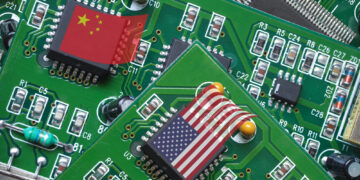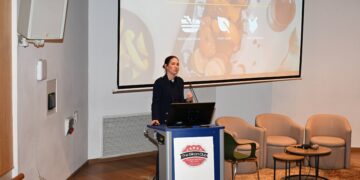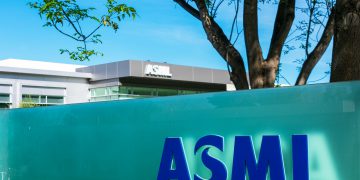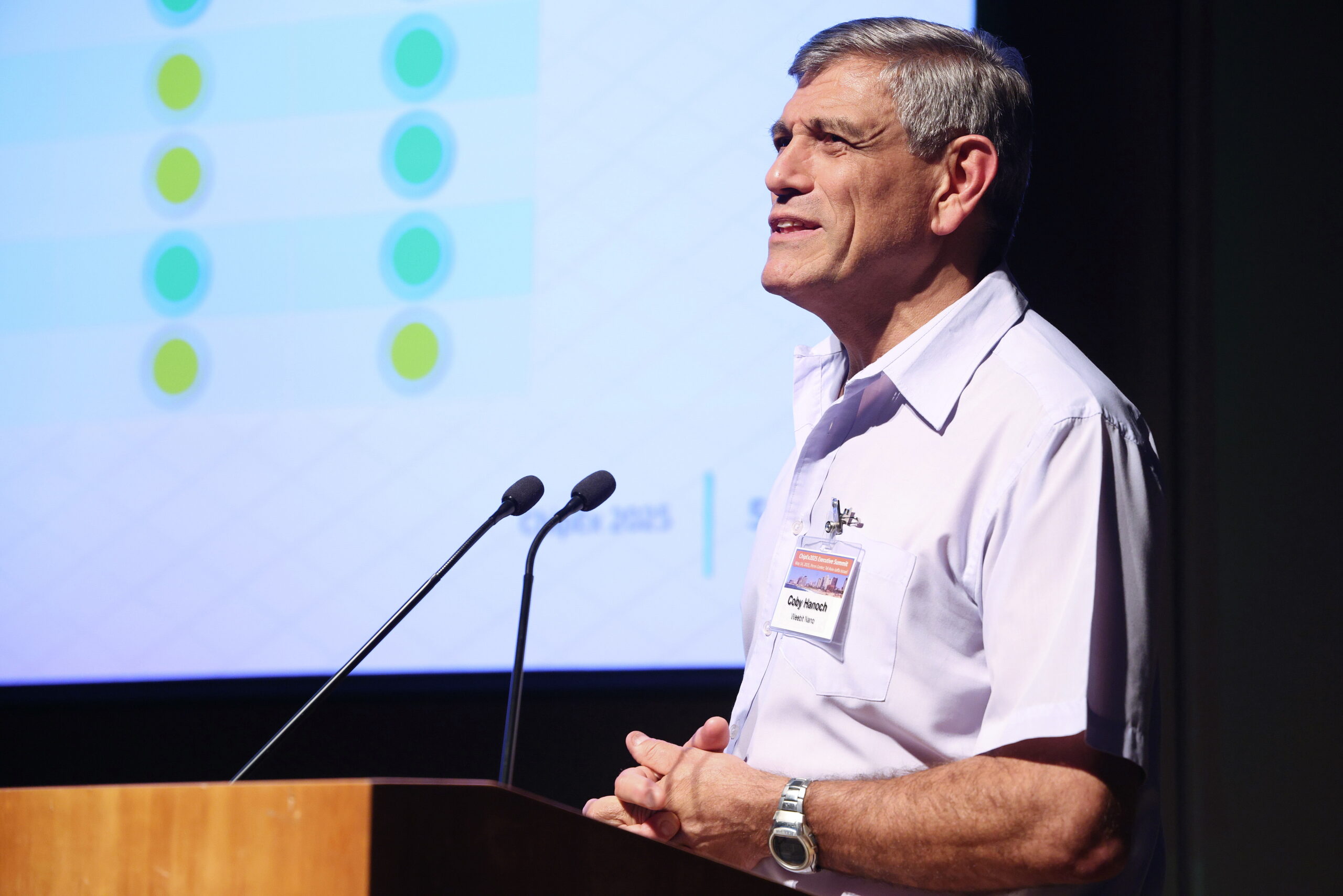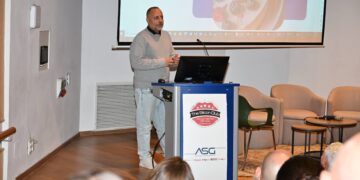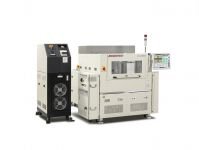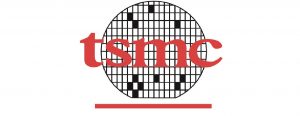SANTA CLARA, Calif. – February 3, 2010 – Building on the success of its HiFi 2 Audio DSP, the leading architecture for audio in system-on-chip (SOC) designs, Tensilica today introduced HiFi EP, a superset of the HiFi 2 architecture that is optimized for simultaneous multichannel codec support and/or continuously expanding audio pre and post processing in home entertainment products such as Blu-ray Disc players, digital television (DTV), and Smartphones. It has also been enhanced for very efficient, high-quality voice pre-and post-processing. These enhancements result in up to 40 percent lower power and up to a 50 percent size reduction. Tensilica will be demonstrating its HiFi EP Audio DSP (digital signal processing) Engine in booth 7C35 at the Mobile World Congress, February 15-18, 2010 in Barcelona, Spain.
HiFi 2 DSPs have shipped in tens of millions of units in cellular phones, Blu-ray Disc players, DTV, portable media players, mobile wireless handsets and automobile entertainment devices. Its popularity is due to three major factors: 1) extremely low power consumption, 2) a full software suite with over 60 optimized audio and voice codecs for all popular standards, and 3) a small combined core and memory area to implement a full audio and voice codec subsystem.
The HiFi EP Audio DSP adds a novel and unique 32×24 MAC (multiply accumulator) for higher performance at lower power on the popular DTS Master Audio Lossless decoder used in Blu-ray Disc devices. DTS Master Audio decoding on the HiFi EP DSP requires only 115 MHz of processing power, a savings of over 40 percent compared to other licensable DSP cores, thus reducing power consumption and making it possible to implement a full Blu-ray-Disc-capable home entertainment audio subsystem on only one HiFi EP core. Other DSP architectures require the use of 2 on chip DSPs – translating into an increase of 2x or more in chip area and power.
Because of the efficiency of the architecture, power consumption is minimized making HiFi EP ideal for low-power portable applications. To address the increasingly demanding requirements in mobile and VoIP (Voice over Internet Protocol) applications for better immunity to background noise and speakerphone mode quality, new instructions have been added to accelerate voice pre- and post-processing for noise cancellation and beam forming microphones. These instructions also provide better general DSP capabilities.
Tensilica also enhanced the cache memory subsystem for HiFi EP DSPs with a predictive prefetch unit to improve performance in high memory latency SOC designs while preserving ease of programming. In a Blu-ray Disc SOC with a typical 100 cycle memory access latency to off-chip memory, a HiFi EP DSP can run the complete worst-case workload Blu-ray Disc suite (DTS Master Audio Lossless 5.1 ch @ 192 kHz, DTS Express 5.1 ch. at 48 kHz, upsample, downsample, mixing and DTS Transcode to 5.1 ch. at 48 kHz) in only 384 MHz. Competing architectures often require 600 to 800 MHz of DSP bandwidth for the same workload.
“With this third generation of HiFi Audio products, we offer chip designers a choice of two software-compatible products,” stated Steve Roddy, Tensilica’s vice president of marketing and business development. “For most products, our standard HiFi 2 Audio DSP provides higher performance than most competing solutions. However, for high-quality voice in mobile applications and for high-end home entertainment products, our new HiFi EP DSP is the right choice.”


